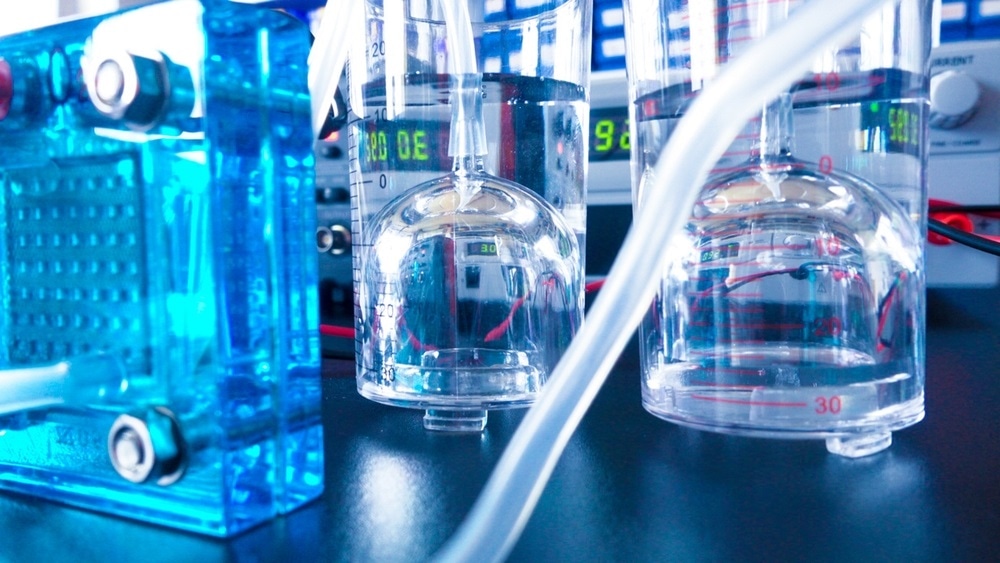Jun 29 2017
Although the buildup around hydrogen fuel cells has subsided, Researchers continue to hunt for new technologies that could permit such devices to gain a stronger foothold.
 science photo/Shutterstock.com
science photo/Shutterstock.com
Recently, one team has created an electrocatalyst to substitute the currently leading, but expensive, one of choice — platinum — that could help boost the fledging fuel-cell industry. Their research report can be found in the journal ACS Nano.
Fuel cells produce power by straightaway converting chemical energy into electricity. Placing hydrogen fuel cells, which only discharge electricity and water, into vehicles has been publicized as a way to move transportation toward an environmentally friendly future. One of the difficulties to mass commercialization, however, has been the usage of expensive platinum-based alloys as the electrocatalyst in proton exchange membrane fuel cells (PEMFCs), the type presently favored for practical applications. James M. Tour, Juncai Dong, Boris I. Yakobson, Emilie Ringe and colleagues decided to find an alternative.
The Researchers created an electrocatalyst using ruthenium and nitrogen-doped graphene which are less expensive. It exhibited potential for use in PEMFCs with an onset potential of 0.89 volts, which is similar to platinum-based electrocatalysts. Certain traits, including durability, were even more suitable for this application than platinum counterparts. The Researchers explain that the atomic dispersion of ruthenium on nitrogen-doped graphene could considerably enhance the use of metal active components, and also minimize the amount of noble-metal usage. Their findings could also help make a path toward more beneficial fuel cells.
The Research Authors received funding from the U.S. Air Force Office of Scientific Research, the China Scholarship Council, the American Chemical Society Petroleum Research Fund, the U.S. Department of Energy, the Welch Foundation, the National Natural Science Foundation of China, and the Institute of High Energy Physics (Chinese Academy of Sciences).